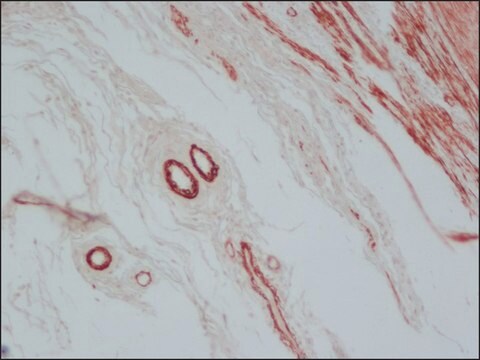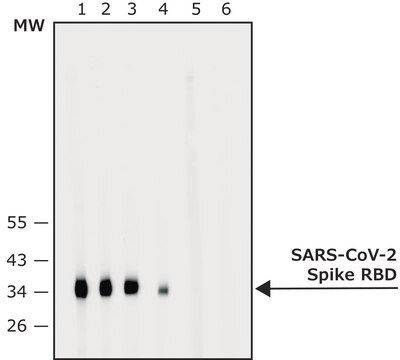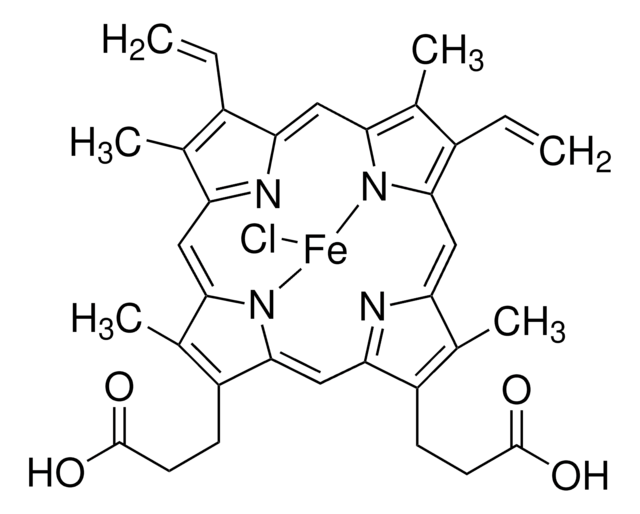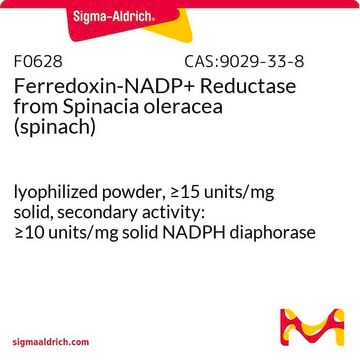SAB4200875
Anti-SARS-COV-2-Spike-RBD region antibody, Mouse monoclonal
clone SP-10, purified from hybridoma cell culture
About This Item
Productos recomendados
biological source
mouse
Quality Level
antibody form
purified from hybridoma cell culture
antibody product type
primary antibodies
clone
SP-10
form
liquid
species reactivity
viral
packaging
pkg of 100 μL
pkg of 25 μL
concentration
~1 mg/mL
technique(s)
ELISA: 0.25-0.5 μg/mL using SARS-CoV-2 RBD (Cat. No. SAE1000) for coating
immunoblotting: 0.1-0.2 μg/mL using SARS-CoV-2 RBD (Cat. No. SAE1000)
UniProt accession no.
shipped in
dry ice
storage temp.
−20°C
target post-translational modification
unmodified
General description
Specificity
Application
Biochem/physiol Actions
Physical form
Storage and Stability
Disclaimer
¿No encuentra el producto adecuado?
Pruebe nuestro Herramienta de selección de productos.
Storage Class
12 - Non Combustible Liquids
wgk_germany
WGK 1
Certificados de análisis (COA)
Busque Certificados de análisis (COA) introduciendo el número de lote del producto. Los números de lote se encuentran en la etiqueta del producto después de las palabras «Lot» o «Batch»
¿Ya tiene este producto?
Encuentre la documentación para los productos que ha comprado recientemente en la Biblioteca de documentos.
Nuestro equipo de científicos tiene experiencia en todas las áreas de investigación: Ciencias de la vida, Ciencia de los materiales, Síntesis química, Cromatografía, Analítica y muchas otras.
Póngase en contacto con el Servicio técnico








